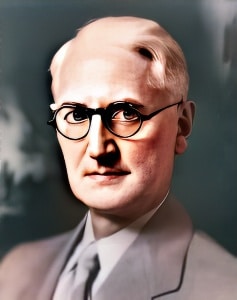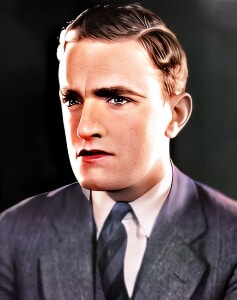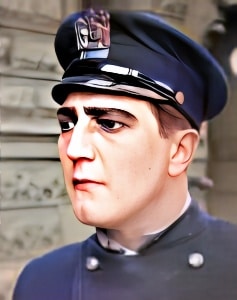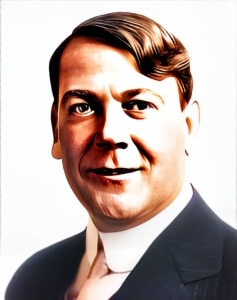 Lon Chaney, often referred to as the “Man of a Thousand Faces,” was one of the most iconic and versatile actors in the history of cinema.
Lon Chaney, often referred to as the “Man of a Thousand Faces,” was one of the most iconic and versatile actors in the history of cinema.
Born on April 1, 1883, in Colorado Springs, Colorado, Leonidas Frank Chaney began his life under challenging circumstances. His parents were both deaf, and Chaney learned American Sign Language at an early age, which would later prove to be an asset in his acting career.
Chaney’s early life was marked by hardship and tragedy. His parents divorced when he was young, and his mother suffered from mental illness. These early experiences contributed to his ability to empathize with and portray complex and marginalized characters in his films.
His entry into the world of entertainment was through theater. He began as a stage actor, performing in various melodramas and silent plays. His background in theater honed his skills in character acting and makeup, which would become his trademarks in the world of film.
In 1913, Chaney made his film debut in the silent film “The Immortal Alamo.” However, it was not until he signed with Universal Pictures in 1916 that his film career truly took off. Under the guidance of director Tod Browning, Chaney began to establish himself as a character actor.
One of Chaney’s most significant contributions to film was his extraordinary ability to transform himself physically and emotionally into a wide range of characters. He often created his makeup and prosthetics for his roles, taking inspiration from his experiences in theater. His dedication to his craft was legendary, and he would go to great lengths to achieve the desired look for each character. In “ The Hunchback of Notre Dame” (1923), he used painful makeup to create the appearance of Quasimodo. In “The Phantom of the Opera” (1925), he created the famous disfigured face without a mask, a look that would become iconic in horror cinema.
Chaney’s talent for character acting led him to portray a diverse array of roles, from tragic figures like Quasimodo and Erik, the Phantom of the Opera, to complex antiheroes and vengeful characters. His ability to convey emotion through physical expression was unparalleled, making him one of the most compelling and empathetic actors of his time.
One of his most celebrated roles was in “The Phantom of the Opera,” in which he played the disfigured and tormented composer living beneath the Paris Opera House. The film is considered one of the early classics of the horror genre and is still widely regarded as a masterpiece.
Despite the challenges posed by the transition from silent films to talkies, Lon Chaney successfully made the leap to sound films. Tragically, his life was cut short when he developed bronchial lung cancer. He passed away on August 26, 1930, at the age of 47. His death marked the end of a remarkable career, but his legacy in cinema endured.
Lon Chaney’s influence on the film industry and the art of acting continues to be felt to this day. He left an indelible mark on the horror genre and character acting, and his characters remain iconic figures in cinematic history. His ability to inhabit the souls of his characters, no matter how tortured or grotesque, made him a legend and an enduring inspiration to actors and filmmakers around the world. Lon Chaney’s extraordinary talent, his deep understanding of the human condition, and his willingness to push the boundaries of makeup and physical transformation remain a testament to his enduring legacy in the annals of film history.

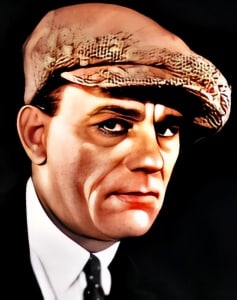 Lon Chaney, often referred to as the “Man of a Thousand Faces,” was one of the most iconic and versatile actors in the history of cinema.
Lon Chaney, often referred to as the “Man of a Thousand Faces,” was one of the most iconic and versatile actors in the history of cinema.